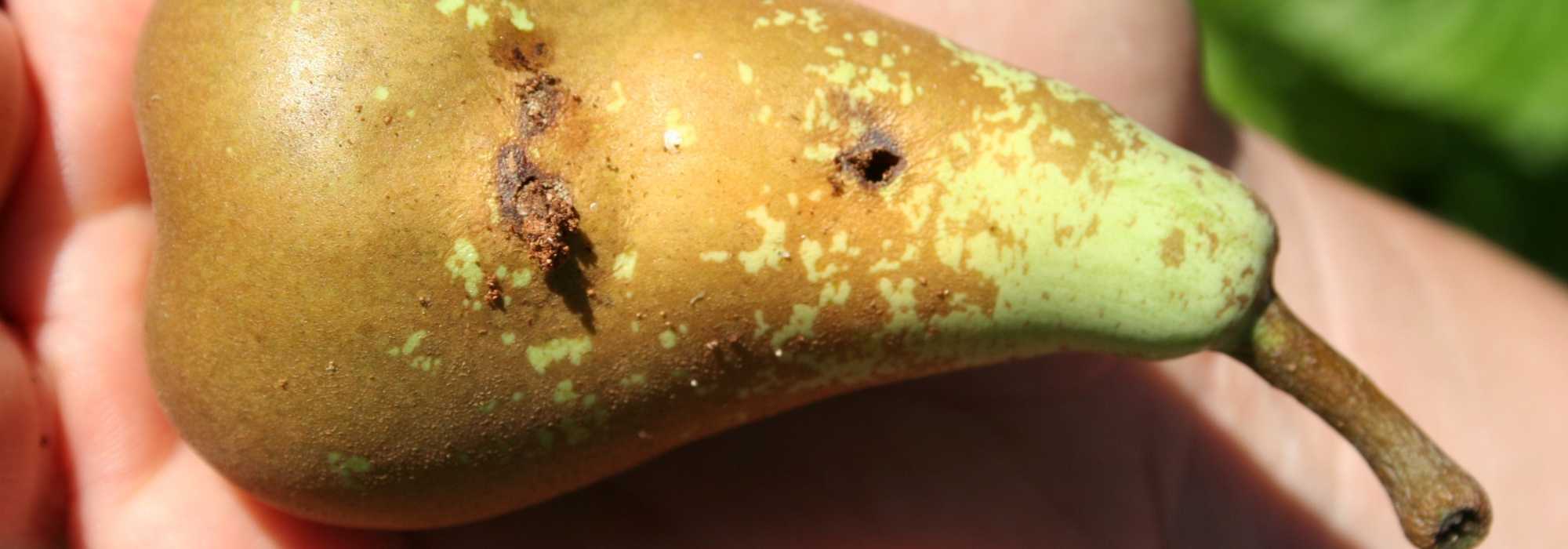
Codling moth on fruit trees
Controlling fruit worms
Contents
Carpocapse or fruit worm is a well-known parasitic pest that affects many fruits such as apples, plums, cherries and pears.
It is in fact not a worm but a small pinkish caterpillar with a brown head that feeds on the flesh of the fruit before pupating to become a moth.
To prevent its establishment, it is important to act before or at the time of eggs being laid on the fruit or within the following 15 days because once the caterpillar has entered the fruit, treatments become unnecessary.
Which fruit trees are susceptible to codling moth?
Apple, pear, apricot and walnut trees are susceptible to this moth of the family Tortricidae, Cydia pomonella.

Cydia pomonella
Plum trees are parasitised by Cydia funebrana while chestnut trees are parasitised by Cydia splendana. Codling moth is found on all six continents thanks to its adaptability, which allows it to enter a state of reduced activity when fruit becomes scarce.
How to recognise a codling moth attack?
Recognising a codling moth attack is quite simple:
- on apple and pear trees, fruits fall prematurely although they appear ripe.
- Fruits may seem healthy because the larva’s entry hole is sometimes located in the eye cavity or beneath the fruit, particularly in pear, whose skin is tougher than apple.
- A hole filled with brown sawdust marks the start of a tunnel dug by the caterpillar that leads to the fruit’s pips, thereby stimulating premature ripening before it has finished growing.
- In plums, infestation is noticeable by purple discoloration and production of gum in June–July. They eventually rot and often show signs of brown rot (moniliasis).

Codling moth damage
Once the larva has entered the fruit, it is too late to control the pest. In that case much of the fruit quickly becomes inedible and consequently unsellable.
Discover other Fruit trees
View all →Available in 0 sizes
Available in 1 sizes
Available in 1 sizes
Available in 1 sizes
Available in 1 sizes
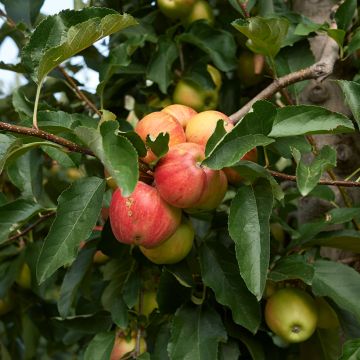
Available in 1 sizes
Available in 1 sizes
Available in 1 sizes
Available in 1 sizes
Available in 1 sizes
Codling moth and its life cycle
This small moth can be spotted by its mottled wings of grey and dark brown (entirely grey in the plum codling), at dusk as it flutters around young fruit to lay its eggs in late April (plum) or in late May (apple and pear) when night temperature reaches 14°C, then again in June (plum) or July (apples and pears), a period when damage is often more serious because it affects well-formed fruit.
Cydia pomonella moth, measuring 16 to 19 mm in wingspan, has wings striate with grey and a dark brown spot at the tip when folded over the body at rest. The body forms a kind of wave with the antennae pointed backwards.
Life cycle of the codling moth, Cydia pomonella
- When twilight temperature reaches 16°C, moths mate and the female lays single eggs on the upper surface of leaves or young fruit which hatch after 15 days.
- The caterpillars then move around the tree for 1 to 2 days in search of a fruit that will serve as a larder until it is time to pupate. This phase makes the caterpillar vulnerable. It often enters via the eye of the fruit.
- The caterpillar which goes through five instars inside the same fruit for 20 to 30 days, measures 16 to 20 mm and becomes pink with a brown head. It feeds on the flesh of the young fruit, forming a spiralled tunnel down to the pips. Its droppings form a sawdust-like frass at the entrance to the gallery.
- It then leaves the fruit to pupate, spinning a whitish cocoon in cracks of the trunk bark or scaffold branches, or in a shelter on the ground. Some enter a state of dormancy (diapause) until the following spring, while others transform into moths, causing a new infestation cycle from mid-July, which can cause even more damage. It is sometimes followed by a third generation in the South.
- The caterpillars become pupae, glossy yellow-brown to dark brown and 11 mm long, then moths appear from early April to June depending on the region. They mate and the female lays 50 to 100 eggs as early as the following day. Their lifespan is 15 to 18 days.

Codling moth caterpillar
Organic control and treatment against codling moth
Treatments against codling moth are difficult in that action must be taken at right time. Indeed, setting pheromone traps and applying an insecticidal treatment such as nettle manure or Bacillus thuringiensis are effective only at a precise stage of moth life cycle.
It is hard to give an exact schedule because this cycle varies year to year according to temperatures. So unless alerted by Plant Health Bulletin for your region (you can subscribe), it is difficult for amateur gardener to act at right time.
However there are a few simple measures likely to limit damage to fruit trees, listed here by increasing difficulty :
- Encourage tits (blue tit and great tit), bats (common pipistrelle, long‑eared bat) and earwigs, which are effective predators of codling moth: put up nest boxes for tits and bats, and inverted pots filled with straw for earwigs.
- Wrap trunks with corrugated-cardboard trap bands in mid‑June, to be removed in November to assess caterpillar numbers and to burn or crush those captured.
- Bag fruits in May–June for apples and pears after natural and manual thinning, using lightweight kraft paper held with an elastic, called sleeves or fruit bags (sold by Profertyl, Magellan or Nutrisol). Remove bags about 1 month before harvest so fruits can colour. Method requires patience but is effective, especially if you thin fruit trees well to obtain large fruits.
- Collect (around mid‑July) as many as possible wormy fruits fallen on ground as well as those remaining in tree, to reduce number of caterpillars before they leave fruit to pupate.
- Application of elicitors (also called SDP, Stimulators of Plant Defences) is a relatively recent, fairly simple method used today in organic farming. It consists of preventive application of natural substances such as sucrose or fructose on foliage to stimulate plant’s own defences. Take care to respect very low doses! Dose of sucrose is 0.1 g per 10 l of water and is applied every 15 days, 7 to 10 times in season from end of flowering. With fructose, dose is 1 g per 10 l of water, every 21 days, 5 to 7 times in season.
- Whitewash trunk with lime in autumn, traditional method to eliminate parasites that find refuge in bark.
- Setting pheromone mating traps reduces mating by releasing scent of female moth which, depending on trap density, either attracts males that become stuck to trap adhesive or disorients them, preventing partner encounters. If you have a large orchard, place one trap from late May, every 15 m, to capture codling moths. Sugar baits (mixture of honey and water) are effective if renewed every 10 days.

Pheromone trap
- There are beneficial nematodes specific for control of codling moth on apples and pears.
- During wandering stage of caterpillar, apply an insecticidal treatment (in evening) such as Carpovirusine, which transmits granulosis virus to caterpillar without affecting other insects, at rate of 3 or 4 treatments spaced 8 to 12 days between May and June, then between July and August for second generation. Note: product stored in refrigerator expires after one year. You can alternate with an application of Bacillus thuringiensis (BT), which unfortunately shows cases of resistance in south‑east France.
- Apply nettle manure as insecticidal treatment, every 7 to 15 days in April and May on apple and pear trees at dose of 15 g/l of dried nettle or 75 g/l of fresh nettle.
- Subscribe!
- Contents
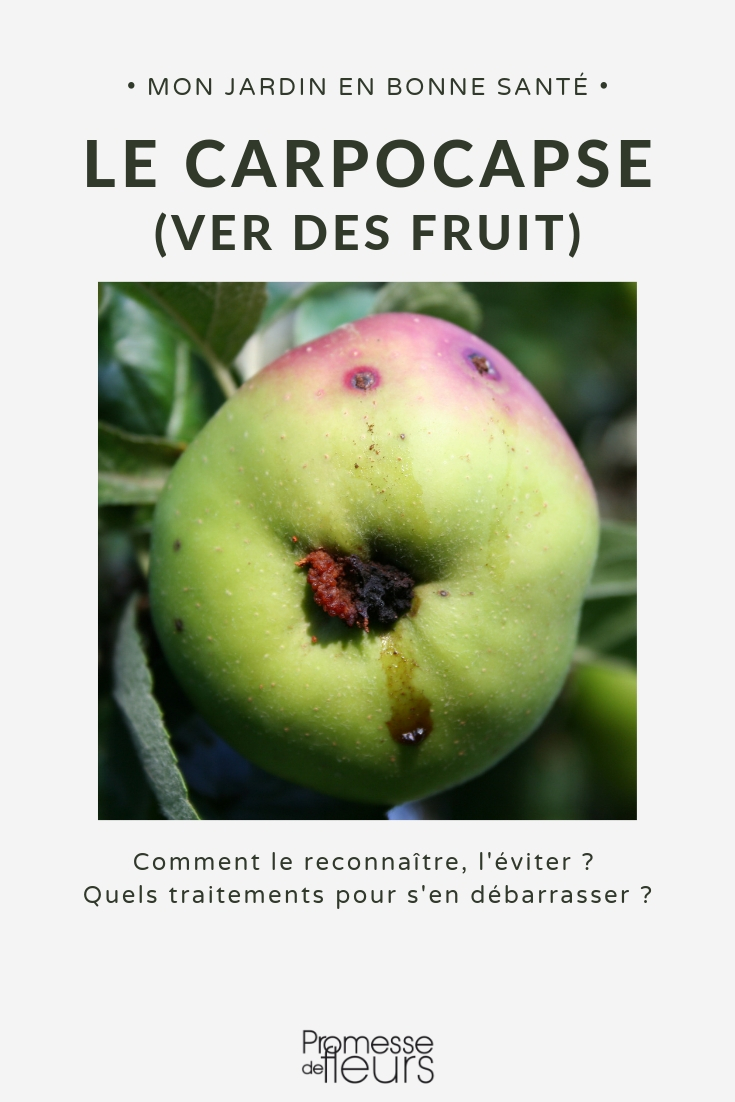
































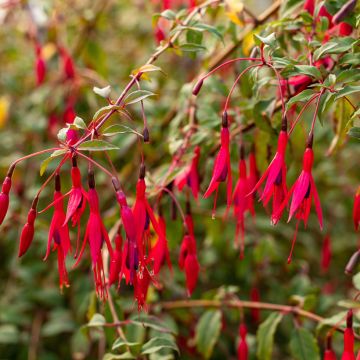
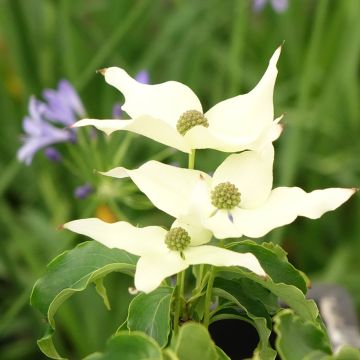
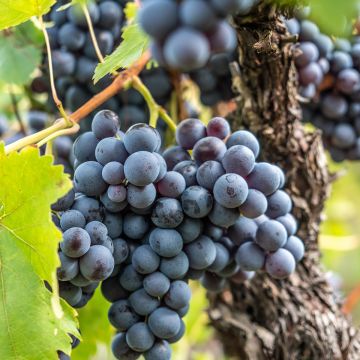

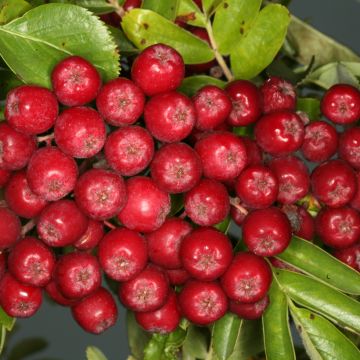
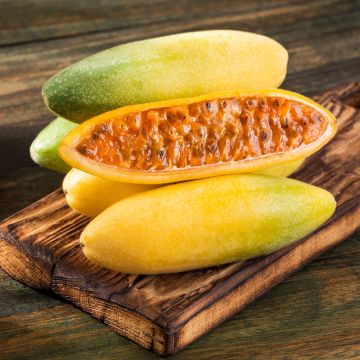

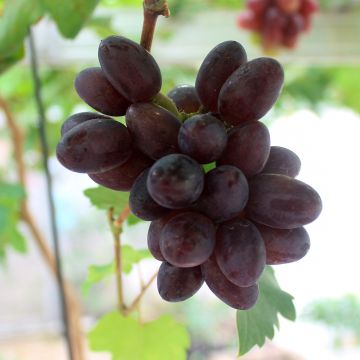
Comments